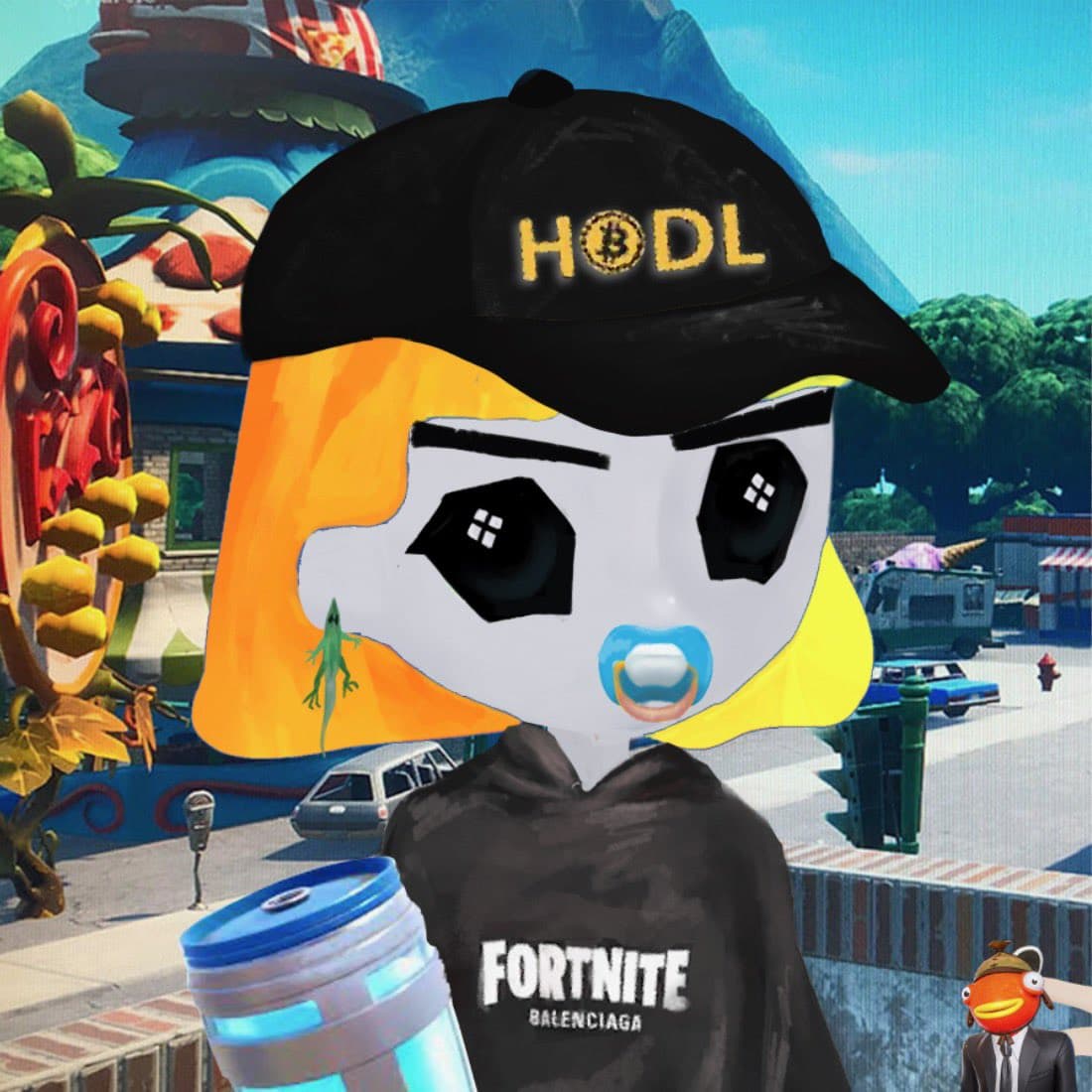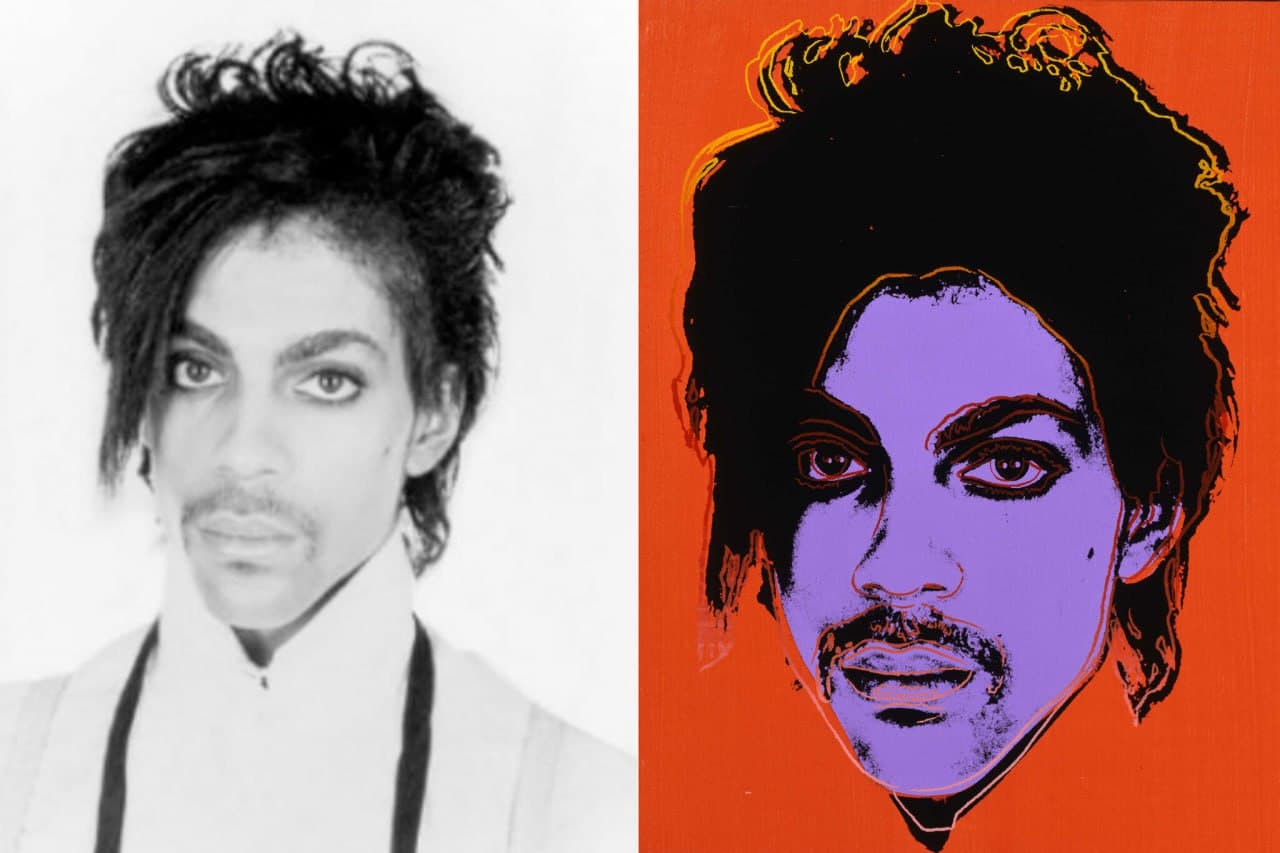Art and the New Internet
 Reptard
ReptardScatter Psyops Director
Art and the New Internet: Web3. Fair Use, And Intellectual Property
The adversarial relationship between Intellectual Property (IP) Law and the Internet has persisted since the early days of the "Information Superhighway." From the Church of Scientology suing a Usenet host to Metallica's infamous lawsuit against Napster, and the daily DMCA abuse allegations on Web2 platforms like Youtube and TikTok, it's evident that antiquated and underhanded interpretations of IP law pose a significant threat to the free creation and dissemination of digital content. At Scatter, we are concerned that not enough is being done to address and prepare for these issues, even among the best actors in the industry. While the regulatory challenges from bodies like the SEC dominate the discourse in the blockchain/Web3 space, it's crucial to look ahead and protect against the issues that made Web2 untenable. If we aspire to build a new internet, Web3, we must address these challenges without relying solely on broad regulatory freedom granted to tech companies during the dotcom bubble.

Some History of IP Law on the Internet and Its Implications for Web3
When examining the history of IP conflicts in the digital realm, a striking contrast emerges between the unresolved nature of the issue and the consistent legal rulings. While the specific cases may vary, the fundamental truth remains: the use of pre-existing third-party IP/imagery for purposes like parody, homage, or commentary is considered fair use and not a violation of copyright laws, as long as it is sufficiently transformative. Despite repeated legal affirmations of this principle, the argument persists, and the conflicts and challenges will be even greater within the context of our nascent Web3 industry. However, before delving into the specifics of Web3, it is vital for platforms, creators, and users to understand the nuances and legalities of these issues as they have unfolded.
Platforms and Accountability
One of the crucial pillars protecting expression and creativity on the internet is the recognition of shared online platforms as distinct entities from their individual contributors and users. This understanding acknowledges that platform owners and administrators cannot be held responsible for the content posted by third parties if the internet is to remain open and free. Section 230 of Title 47 of the United States Code, often referred to as "section 230," is the most commonly discussed legislation embodying this principle. It offers explicit protections for online platform owners and operators regarding illegal content or content leading to illegal activities posted by third parties. While Section 230 has sparked intense debates, especially regarding political discourse and impartiality, it is not the sole guiding light. In the context of Web3, we must turn to lesser-known but more relevant legal precedents.
To find the most appropriate legal precedent for Web3 platform and frontend providers, we need to venture back to the early days when online discussions primarily occurred on smaller distributed networking systems like Usenet. Understanding the intricacies and history of Usenet requires an extensive exploration, but for our purposes, it suffices to know that it operated as a primitive online discussion and bulletin board system, with newsgroups accessible via every server on the network. In 1995, the Religious Technology Center, operated by the Church of Scientology, sued Netcom, a significant Usenet server operator. The lawsuit arose after a critic of Scientology uploaded unpublished L. Ron Hubbard writings to the newsgroup alt.religion.science, hosted on Netcom's Usenet server.
The court swiftly ruled in favor of Netcom, highlighting the distributed nature of Usenet's infrastructure. If Netcom were to be held liable for displaying the contested material, every server on the Usenet network would also have to be held liable since the material could be accessed and distributed through any server. Sensibly, the court recognized the impracticality and adverse impact on technological innovation that would arise from holding every network participant liable. This case presents a compelling argument for Web3 platforms and frontends dealing with potentially copyrighted material. At its core, a Web3 platform provides a user-friendly window to view and interact with blockchain data. Holding one particular platform liable for hosting an NFT containing copyrighted imagery makes little sense when the same NFT can be accessed and viewed on other frontends. Moreover, if the infringing material or metadata is stored using decentralized services like IPFS or derived from on-chain data, would every node or participant on the network be held liable? Pursuing legal action against every Ethereum node would be as impractical and unjust as holding every Usenet server responsible.
As we witness larger platforms succumbing to DMCA takedown requests, it is crucial for our industry to recognize the illogical and legal inconsistency of singling out specific Web3 platforms for making on-chain data viewable. If we allow the Web2 IP enforcement mold to be forced onto Web3, it could jeopardize entire networks.
Creators and Transformative Content
Among the groups most likely to be impacted by IP law, content creators are at the forefront. Whether they are artists, musicians, or writers, sharing and monetizing their work online requires utmost caution when dealing with potentially copyrighted material. A mere accusation of IP theft can disrupt months or even years of hard work. The DMCA claims system operates under the presumption of guilt until proven innocent. When a piece of content is targeted with a DMCA claim, it is usually swiftly removed from the platform until the creator files a counterclaim, essentially committing to a legal battle to prove fair use of the disputed IP. Unfortunately, this means that independent creators often find it easier to surrender and allow their content to be taken down, rather than engaging in a David vs. Goliath legal fight against multinational organizations.
While the Scatter team understands the daunting nature of countering a DMCA claim, especially for independent artists, we also believe it is crucial to foster a conversation around fair use and the rights of creators. Similar to the platform provider issue discussed earlier, the principle of fair use has been upheld through numerous high-profile legal cases. Art, by its very nature, is derivative, and in the context of Web3, where independent projects thrive with a post-ironic nod to early 2000s or 'zoomer' pop culture, it raises the question of whether organizations like Disney or Epic Games should have the authority to shut down content that parodies or comments on their undeniable influence in our cultural landscape.

Even in recent weeks, legitimate NFT projects incorporating cultural references in their artwork have faced challenges. For instance, Scatter's own Redacted Remilio Babies collection had NFTs containing the "Fortnite Hoodie" trait censored on OpenSea due to concerns over DMCA and IP issues. Remilio, representing the schizo anti-social extremely online zoomer aesthetic/culture, uses Fortnite imagery as commentary or satire on the impact of Epic Games and its product on its users. It should be evident that this is different from falsely attributing the Fortnite brand to a product in order to boost sales or create a misleading association. While it may be amusing to imagine someone seeing a Remilio NFT and thinking, "Wow, a Fortnite NFT, EPIC!"—such occurrences are likely rare.
Despite the general ability of most people to intuitively differentiate fair use from blatant infringement, the legal system operates on facts and absolutes. Therefore, it is essential for those involved in Web3 to understand the legal definition of fair use and their rights when facing DMCA claims or other IP actions. Historically, the Supreme Court of the United States (SCOTUS) has consistently protected artists' right to free use. Two notable cases, Blanch v Koons (2006) and Cariou v Prince (2013), saw the court ruling in favor of artists' rights when painters were sued by photographers for using copyrighted photographs as source material. The court deemed these works transformative and operating under fair use since the final paintings served a different purpose than the original photographs. However, in a more recent case, Warhol Foundation v Goldsmith (2023), the verdict was seen by many as ominous. The court found that Andy Warhol's painting of Prince, which utilized a photograph by Lynn Goldsmith, did not qualify as fair use and violated Goldsmith's IP. While this outcome may not be perfect, it provides further clarity on the legal concept of "fair use" and strengthens the defense for projects like Remilio.

In the Warhol/Goldsmith case, the court determined that Warhol's painting served the same commercial purpose as Goldsmith's photo, thereby impeding Goldsmith's ability to monetize her original work. From the perspective of a magazine editor, Warhol's painting could be seen as a direct substitute for Goldsmith's photograph when seeking the rights to feature Prince in an article. This reasoning, however flawed in regards to Warhol’s painting, highlights what Remilio is not doing with the cultural references it incorporates. The Remilio Fortnite hoodie is not intended to attract individuals who would otherwise spend their money on Fortnite; it is a valid commentary on the influence of Fortnite and Epic Games, particularly within the ever-present zoomer misanthropy.
In Closing….
If Web2 giants can exploit IP law in Web3 to censor any criticism or parody of their successes and failures, then what purpose does this new frontier of the internet truly serve? It is time for those of us who aspire to build a better internet to take a stand. It is time we begin to have a conversation about our rights as creators and consumers on the new digital frontier. It is essential that those on the frontlines fighting crypto policy battles be prepared for the attacks which will be IP-oriented rather than centered on financial regulation. We are calling on platforms, artists, users, and pundits alike within the Web3 space to begin a conversation around how we can assure that the rights and freedoms of our space’s most talented creators are preserved.